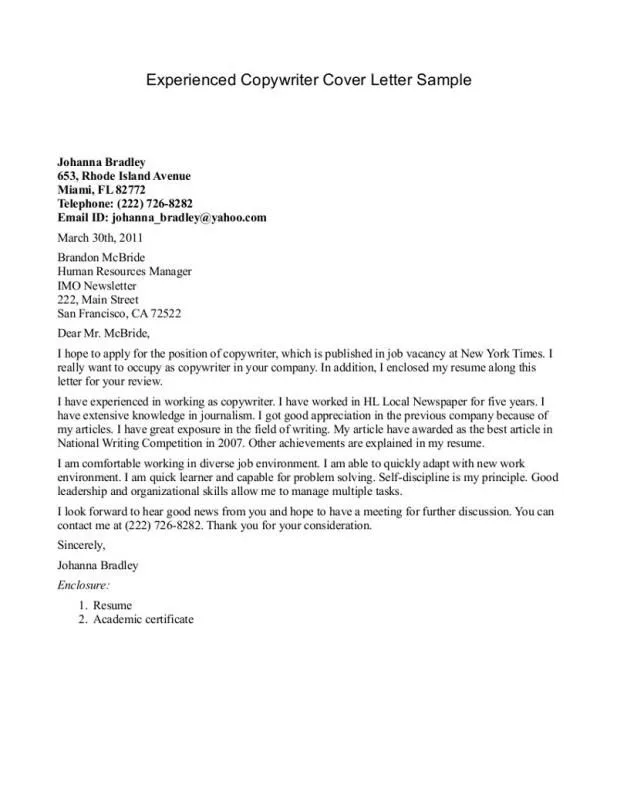Understanding the Power of a Cover Letter
In the competitive landscape of job applications, a well-crafted cover letter is your secret weapon. It’s your chance to introduce yourself, showcase your skills, and demonstrate your enthusiasm for the role. Many applicants underestimate the power of a compelling cover letter, viewing it as a mere formality. However, when written effectively, it can significantly increase your chances of landing an interview and ultimately, the job. This guide will walk you through the essential components of a winning cover letter, providing actionable tips and strategies to help you stand out from the crowd. Remember, the cover letter is not just a summary of your resume; it’s a narrative, an opportunity to tell your story and connect with the hiring manager on a personal level.
Why a Cover Letter Matters
The importance of a cover letter extends far beyond simply checking a box on a job application. It serves multiple crucial functions in the hiring process. Many hiring managers look to the cover letter as a critical first impression. It gives you the opportunity to demonstrate your writing skills, communication style, and personality before they even look at your resume. The cover letter also serves as a critical tool for clarifying your career goals and motivations. By clearly stating why you are interested in the specific position and company, you immediately establish your connection and create a compelling narrative.
Impact on First Impressions
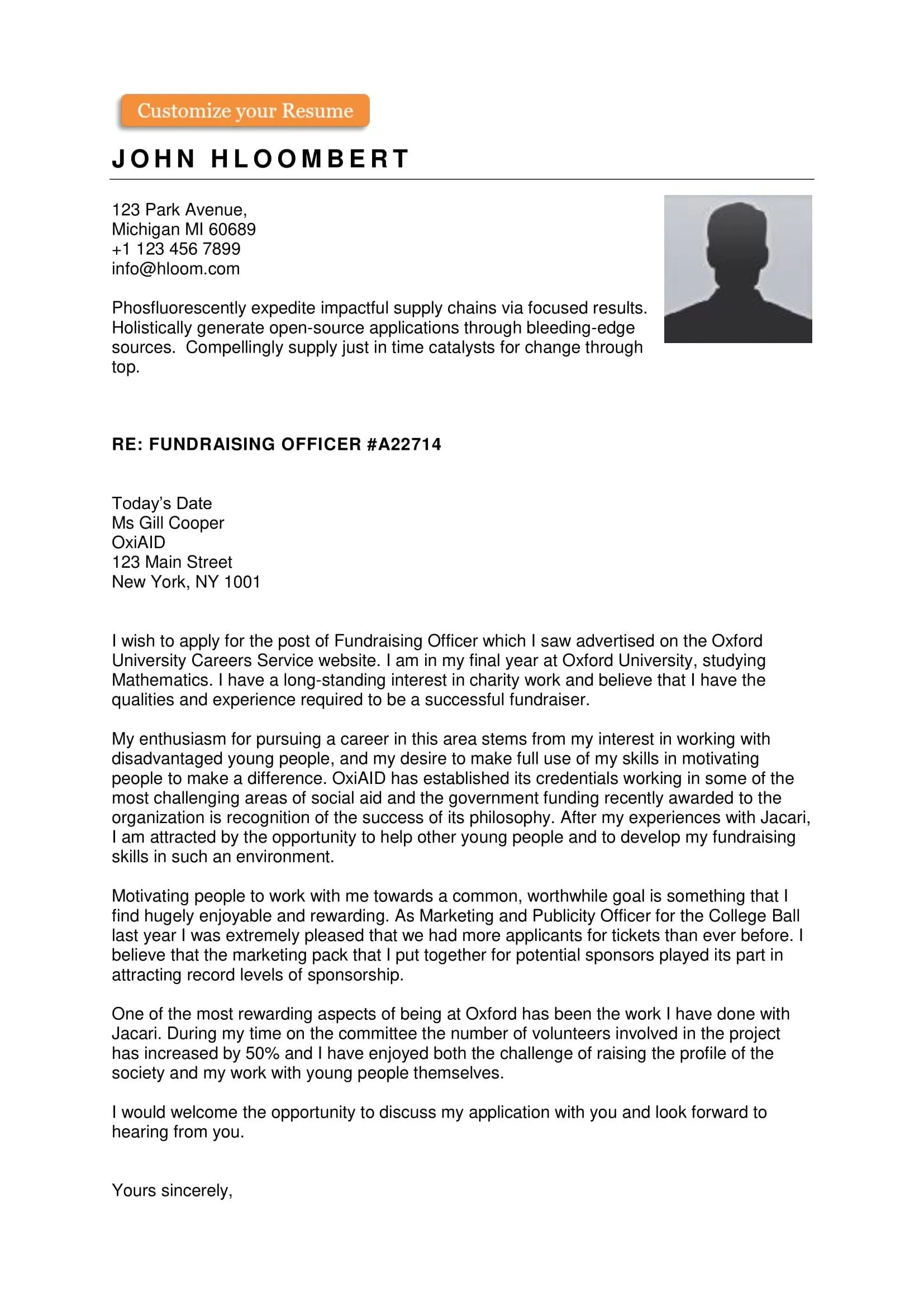
Your cover letter is often the first point of contact with a potential employer. It sets the tone for the rest of your application. A well-written cover letter immediately grabs the reader’s attention and makes them want to learn more about you. It demonstrates professionalism, attention to detail, and a genuine interest in the opportunity. A poorly written or generic cover letter, on the other hand, can leave a negative impression, suggesting that you haven’t put much effort into the application.
Boosting Your Application
In the competitive job market, every advantage counts. A cover letter allows you to highlight skills and experiences that are not always apparent in your resume. You can use it to explain any gaps in your employment history, address specific requirements of the job description, and tailor your application to the company’s needs. This level of customization shows that you’ve taken the time to understand the role and the organization, making you a more attractive candidate. Moreover, it allows you to express your passion for the field, and illustrate the enthusiasm for the company and position.
Key Components of a Winning Cover Letter
A winning cover letter comprises several key elements that, when combined, create a powerful and persuasive document. It’s crucial to ensure each part is carefully crafted to showcase your skills, experience, and personality. From the initial greeting to the final call to action, every section should be optimized for maximum impact. Remember, the goal is not only to present your qualifications but also to make a memorable impression on the hiring manager.
Contact Information and Date
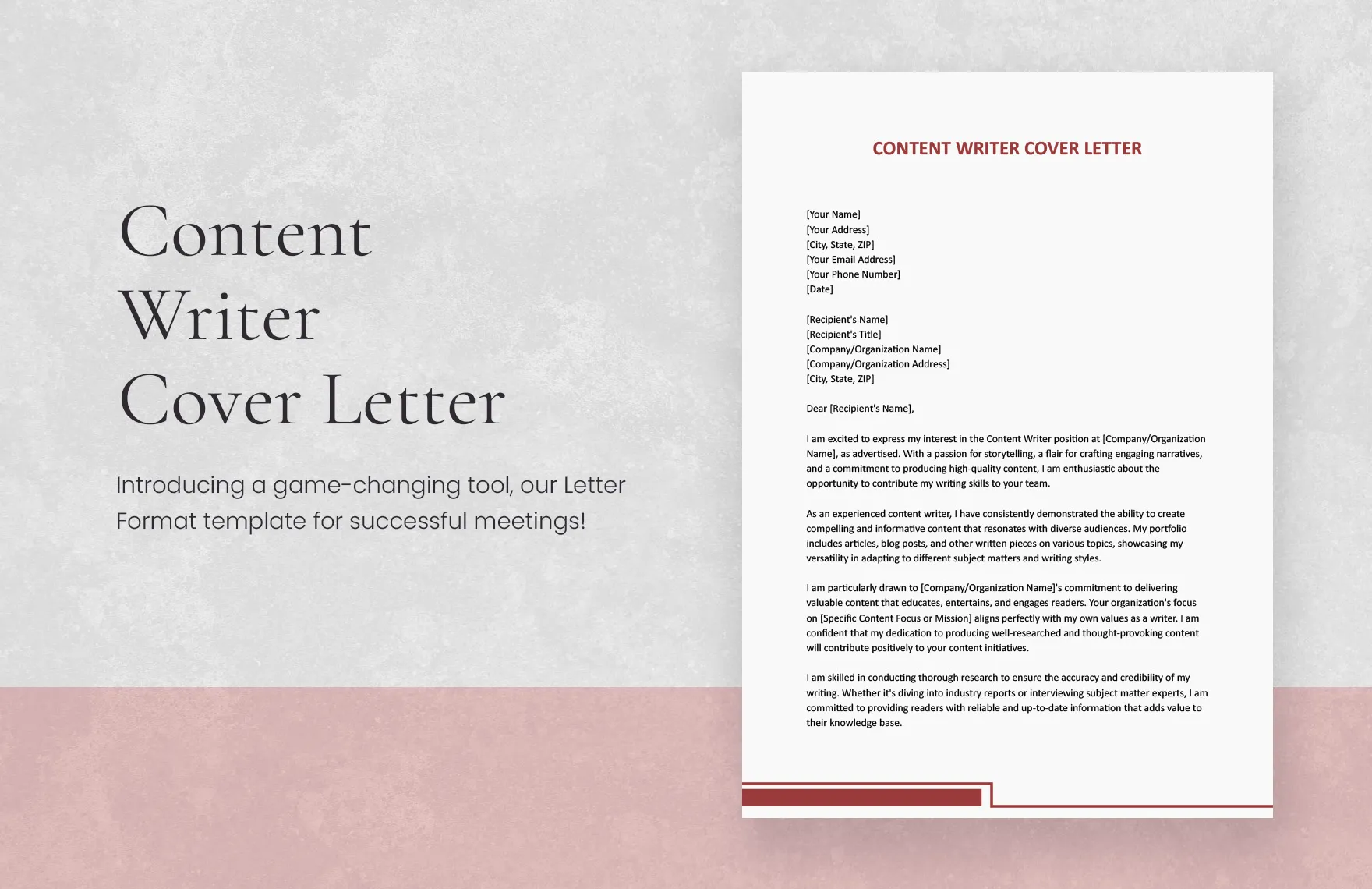
Start your cover letter with your full contact information including your name, address, phone number, and professional email address. This ensures that the hiring manager can easily reach you. Include the date below your contact information, using a standard format. This shows professionalism and attention to detail.
The Professional Greeting
Addressing the hiring manager correctly is vital for a good first impression. If possible, use the hiring manager’s name. Research the company’s website or LinkedIn to find the name. If you can’t find a specific name, use a professional greeting like “Dear Hiring Manager” or “Dear [Department Name] Team.” Avoid generic greetings such as “To Whom It May Concern.”
Opening Paragraph Crafting the Hook
Your opening paragraph is your opportunity to grab the reader’s attention. Start with a strong statement that clearly states your purpose for writing. Mention the position you are applying for and where you found the job posting. You could also start with a brief, engaging sentence that highlights a key skill or accomplishment that aligns with the job requirements. Keep it concise, compelling, and relevant.
Highlighting Relevant Skills and Experience
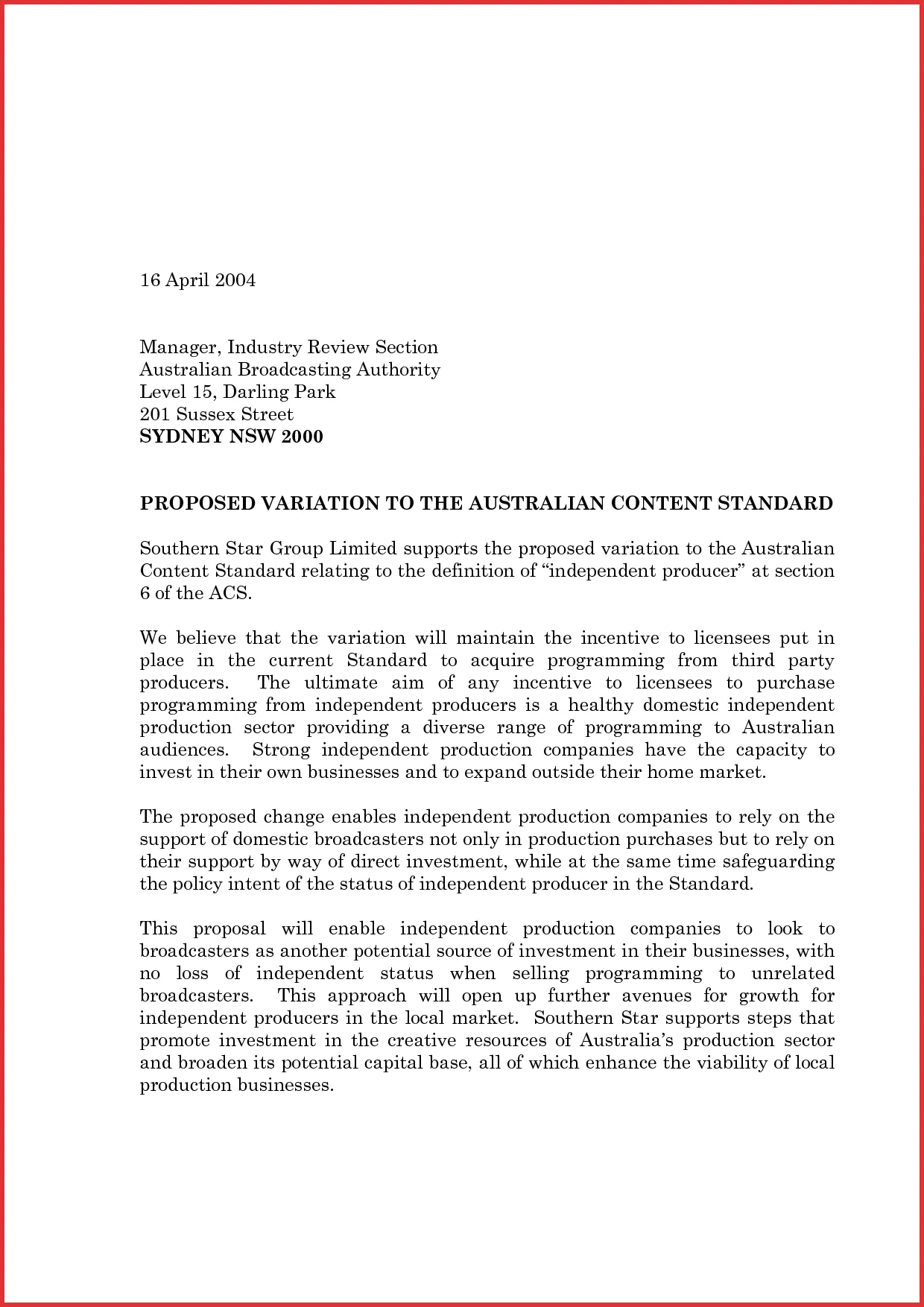
The body of your cover letter should elaborate on your skills and experience, demonstrating how you meet the job’s requirements. This is the core of your letter, where you connect your past experiences to the current opportunity. Focus on the most relevant qualifications and quantify your achievements with data whenever possible. This section provides the most detailed information about your qualifications, making sure you demonstrate clear value to the company.
Tailoring Skills to Job Requirements
Carefully review the job description and identify the key skills and qualifications the employer is seeking. Customize your cover letter to mirror these requirements. Use keywords from the job description and provide specific examples of how you have demonstrated these skills in past roles. This tailoring will show the hiring manager that you understand the position and are a good fit.
Quantifying Achievements
Instead of simply listing your responsibilities, quantify your achievements to make your impact more tangible. Use numbers, percentages, and specific results to show the outcomes of your work. For instance, instead of saying “Managed social media accounts,” say “Increased social media engagement by 30% in six months.” This concrete evidence provides credibility and highlights your contributions.
Showcasing Personality and Enthusiasm
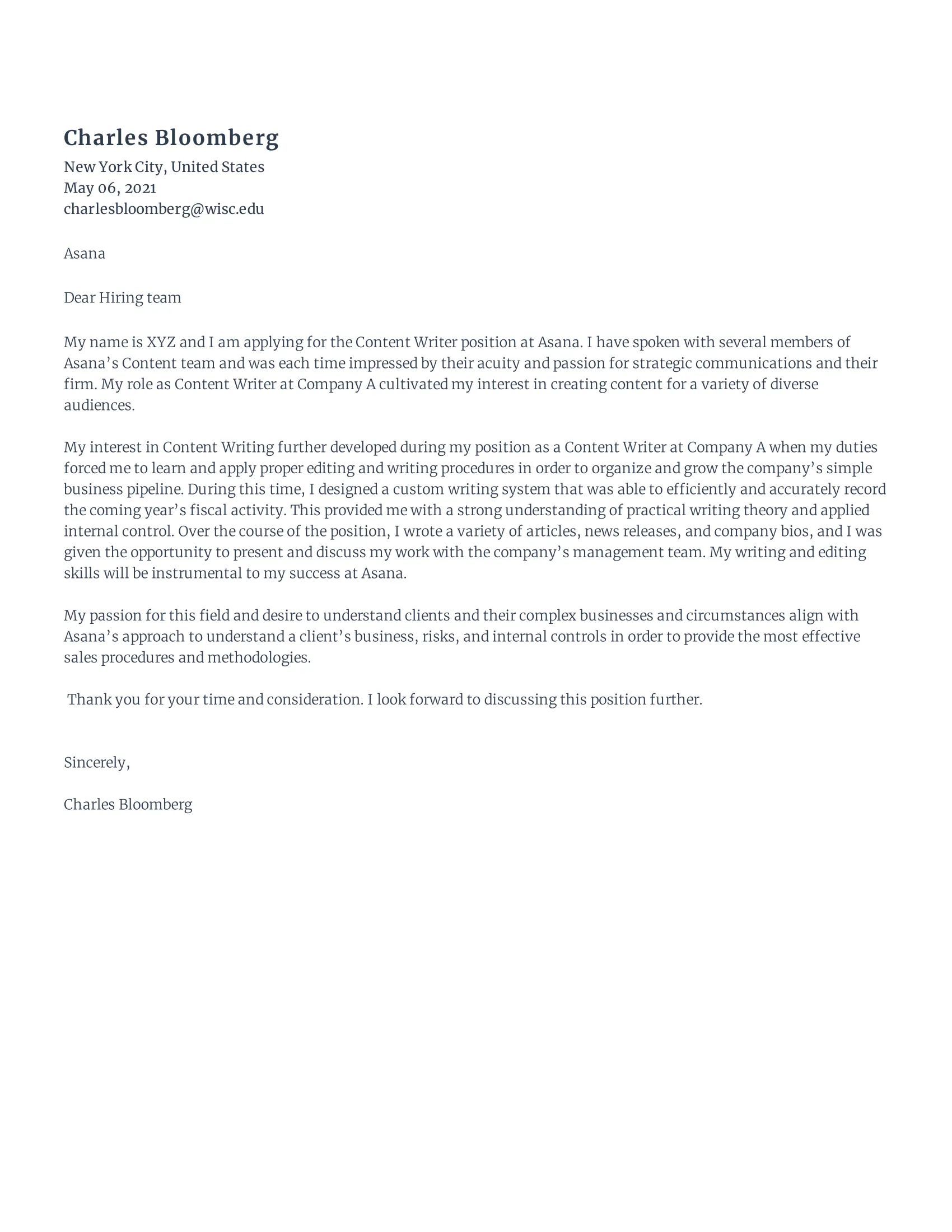
While it’s important to highlight your skills and experience, your cover letter is also an opportunity to let your personality shine through. You want to convey your enthusiasm for the role and company. Your letter is not just a presentation of facts, but a reflection of your individual passion for the work. The goal is to convince the reader that you would be a good fit for their team.
Expressing Genuine Interest
Demonstrate your sincere interest in the specific position and company. Mention what aspects of the role or the organization attract you. Show that you have researched the company and understand its mission, values, and recent projects. Expressing a genuine interest will help you create a connection with the hiring manager, who will appreciate your initiative.
Demonstrating Company Knowledge
Research the company and demonstrate your knowledge of their work and values. Mention specific projects, initiatives, or values that resonate with you. This shows that you have taken the time to learn about the company and are genuinely interested in being part of their team. This demonstrates your commitment and your eagerness to contribute to the organization.
The Call to Action and Closing
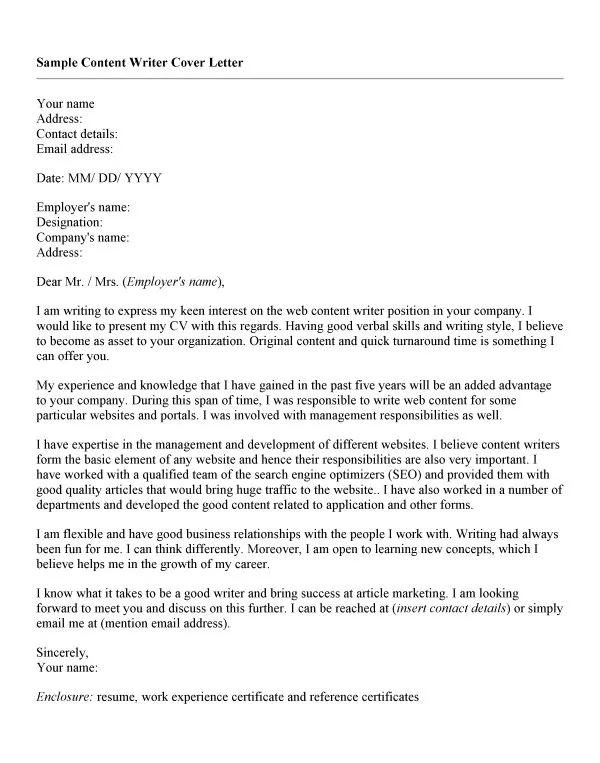
Your cover letter should end with a clear call to action, inviting the hiring manager to take the next step. You should also close your letter professionally, with a polite and appropriate signature. A good close reinforces your interest and sets the stage for the next stage of the process.
Requesting an Interview
In the closing paragraph, explicitly request an interview. Express your eagerness to discuss your qualifications further and how you can contribute to the company. Be proactive and make it easy for the hiring manager to take action. For example, you can write, “I am eager to discuss how my skills and experience can benefit your team and look forward to the opportunity to speak with you further.” This direct approach encourages the next step in the hiring process.
Professional Closing and Signature
End your cover letter with a professional closing, such as “Sincerely,” “Best regards,” or “Thank you.” Follow this with your typed full name. If you are submitting a physical cover letter, include a handwritten signature above your typed name. Maintaining a professional tone throughout the closing ensures that you leave a positive lasting impression.
Formatting and Proofreading
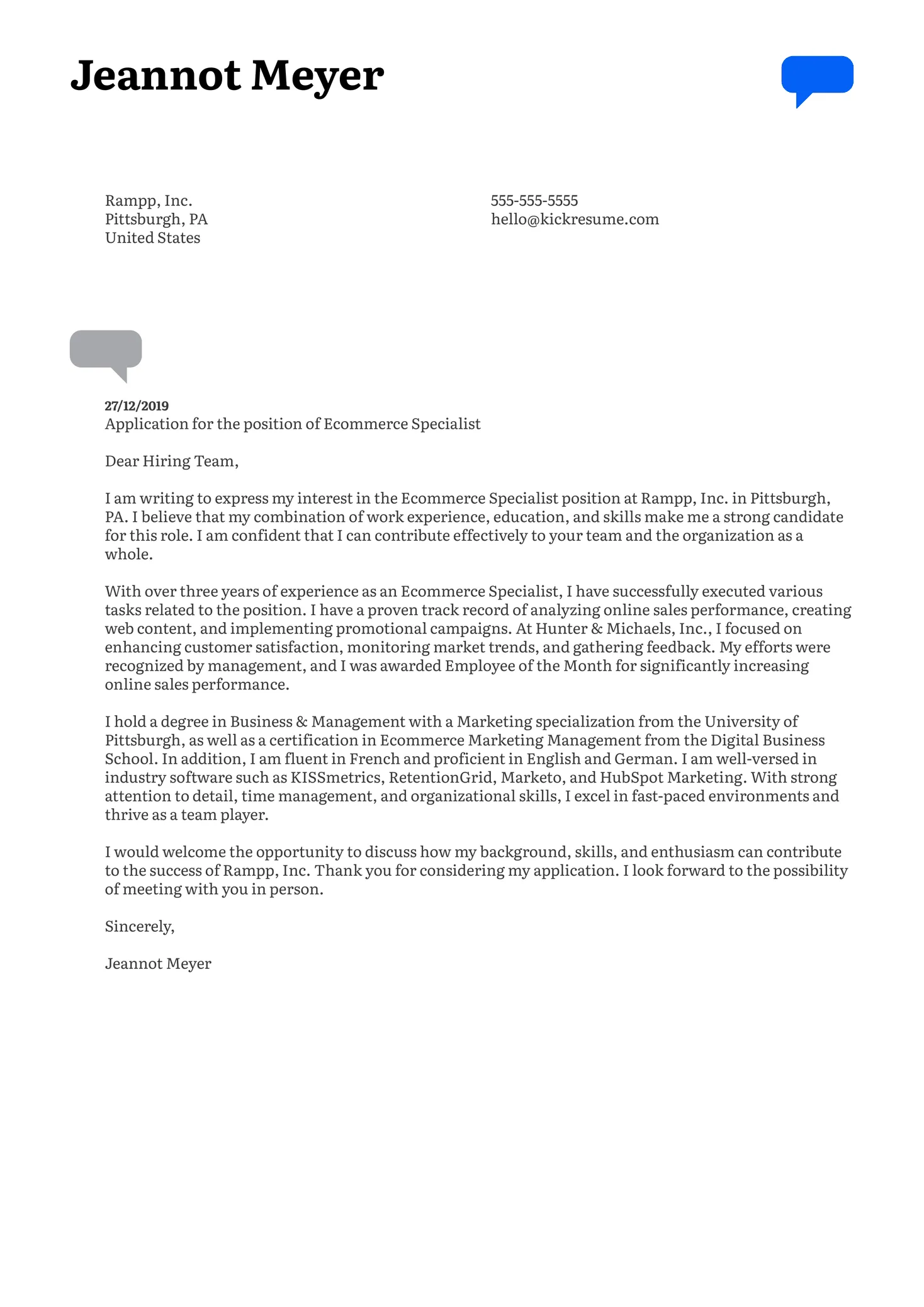
The visual presentation of your cover letter is just as important as its content. Proper formatting and meticulous proofreading are crucial for creating a polished and professional document. These elements reflect your attention to detail and your respect for the reader’s time. A well-formatted and error-free cover letter leaves a positive impression and conveys a sense of professionalism.
Font Selection and Readability
Choose a professional and readable font, such as Times New Roman, Arial, or Calibri. Use a font size between 10 and 12 points. Ensure that the text is easy to read and that the formatting is consistent throughout the document. Use clear headings and subheadings to break up the text and guide the reader. Proper formatting makes your letter visually appealing and accessible, helping the hiring manager quickly grasp your key points.
Proofreading for Errors
Before submitting your cover letter, proofread it carefully for any grammatical errors, spelling mistakes, and punctuation errors. Ask a friend, family member, or career counselor to review your letter for a fresh perspective. Errors, no matter how small, can undermine your credibility and leave a negative impression. Accurate grammar, spelling, and punctuation demonstrate your attention to detail and your commitment to quality.
Customizing for Each Application
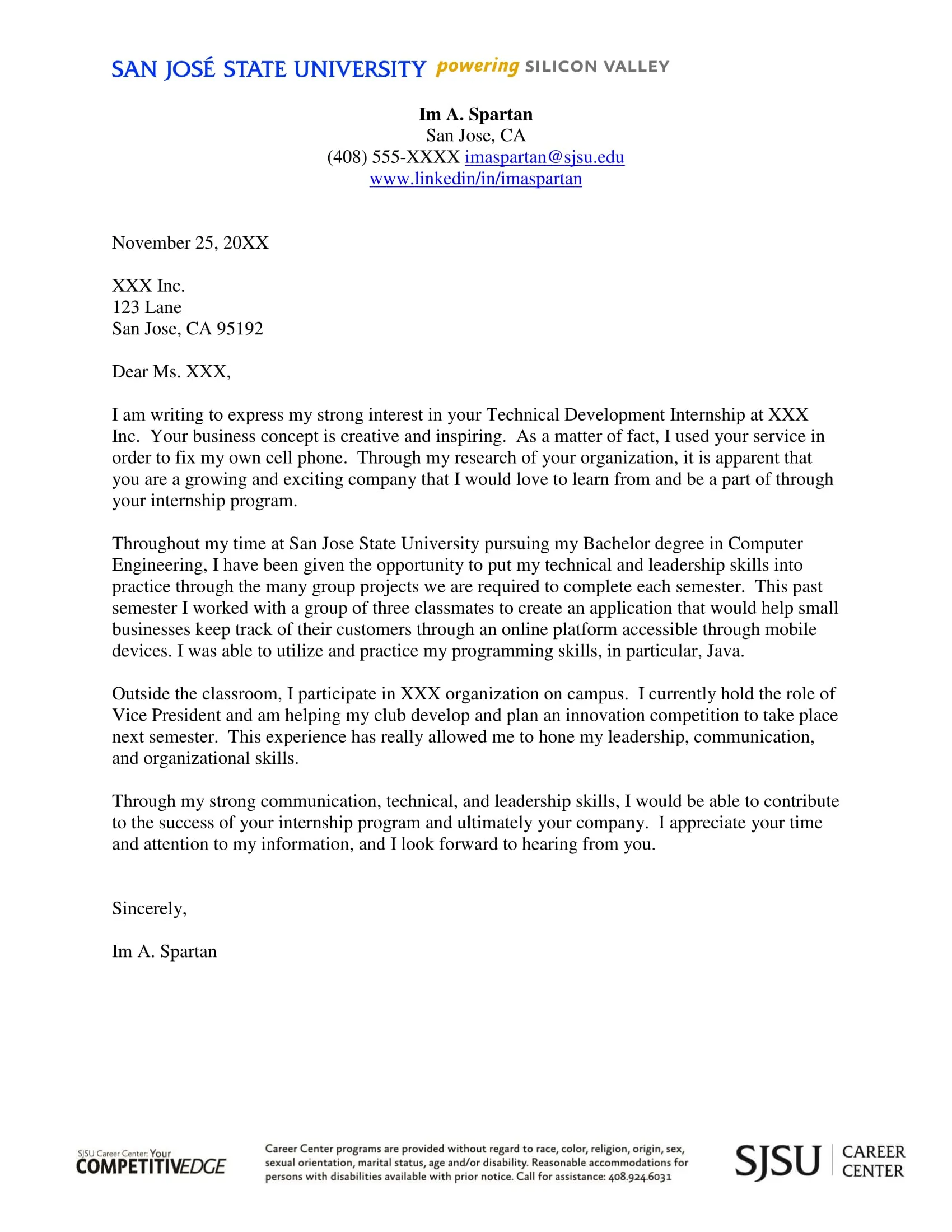
Avoid sending generic cover letters. Tailor each cover letter to the specific job and company. Customizing your application shows that you have researched the role and are genuinely interested in the opportunity. Customization is the cornerstone of an effective job application, and each cover letter should demonstrate that the applicant has carefully read the description and appreciates the specific needs of the employer.
Adapting to Different Job Types
Adjust your cover letter to fit the specific requirements of the job. Highlight the skills and experiences that are most relevant to each position. Use keywords from the job description to show that you understand the role and are a good fit. This approach ensures that your cover letter is always relevant and demonstrates how you can solve the company’s specific problems.
Researching Company Culture
Research the company’s values, mission, and culture before writing your cover letter. Tailor your letter to reflect your understanding of the company. Demonstrate your awareness of the work they do and how you can contribute. Mention specific projects, initiatives, or values that resonate with you. Doing this will show that you care enough about the company to put in the effort, which is a significant indicator of a candidate’s commitment.
By following these guidelines, you can create a cover letter that not only gets you noticed but also helps you land your dream job. Remember, the cover letter is your chance to shine, so take the time to craft a compelling narrative that showcases your skills, experience, and passion. Good luck!
